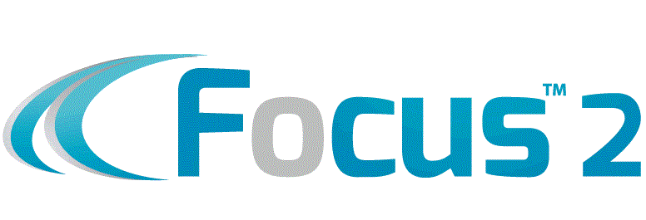Down & dirty truth subsidized/unsubsidized Stafford loan
You're on a need to know basis and you need to know how the new subsidized/unsubsidized Stafford loan program works.
The federal Stafford loan program was modified on Aug. 14, 2008. Starting with the basics of this nearly 20-year old program: the Stafford loan is an entitlement for undergraduate college students.
With an approved FAFSA form, a Freshman student is now entitled up to $5,500. (That is the magic word up to.) Sophomores can receive $6,500 and Juniors and Seniors can receive $7,500.
When a student is awarded a subsidized Stafford loan, the federal government pays the interest while the student is enrolled in college at least half-time, as well as up through six months after graduation. (It is funny that they call this an award, when you have to pay it back.)
While both the subsidized and unsubsidized versions of the loan allow for deferred payments, the unsubsidized Stafford accrues interest (currently at 6.8%) throughout the college term.
The subsidized Stafford would always be preferred over the unsubsidized. However there’s no box to check requesting the subsidized version. A student’s demonstrated need must be sufficient to warrant the subsidized loan entitlement. The maximum subsidized amount is different from the total loan amounts described earlier. In fact, it’s $2,000 less for each of the annual amounts. So, for example, a student could receive a $3,500 subsidized Stafford loan in the freshman year with the remaining $2,000 being unsubsidized.
So how do we get subsidized loans? A student’s Expected Family Contribution (EFC) is the sole deciding factor. If the demonstrated financial need (after grants and scholarships) is greater than or equal to the maximum allowable subsidized amounts, then a student is awarded such.
For example, let’s say the total cost of attendance of college your student is interested in is $35,000. If a student’s EFC is $15,000, then the demonstrated need is $20,000. (Coast of attendance - expected family contribution = need) If the student receives a $12,000 grant then there’s still $8,000 of need remaining. This student would receive the maximum $3,500 subsidized Stafford loan as well as $2,000 in unsubsidized. That is say only if the college meets 100% of the need. (We will discuss that one later.)
However, if another student attending the same $35,000 college has a $40,000 EFC, then there is no demonstrated financial need. This student would receive a $5,500 unsubsidized Stafford loan with no government subsidy. If you do not fill out the FAFSA, your student will not even have this option.
Sometimes deferring payment for a few years is a prudent financial move. However, before you accept any loan, it is best to know the advantages and disadvantages. With knowledge you can make an intelligent decision.





